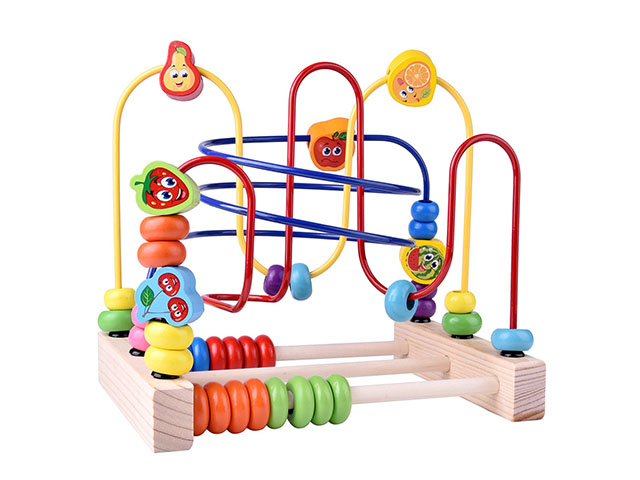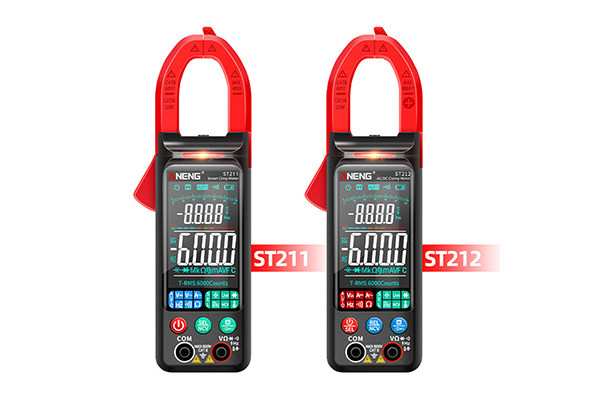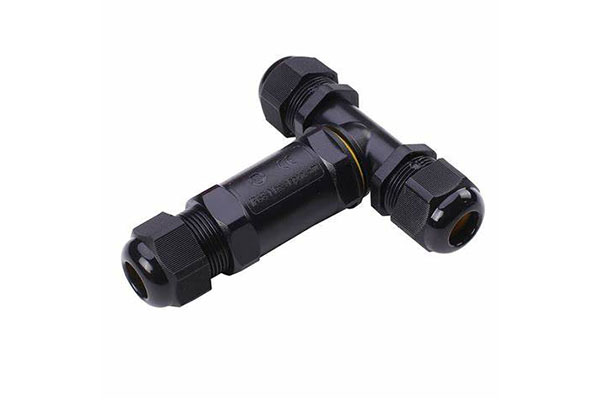Educational toys are an important tool for helping children learn and develop new skills. From interactive toys that promote problem-solving to manipulative toys that encourage fine motor skills, there are many different types of educational toys available to suit a range of learning goals and interests.
In this blog post, we’ll go over the factors you should consider when choosing an educational toy for your child, the different types of educational toys available, and our top recommendations for each category.
Factors to Consider When Choosing an Educational Toy for Your Child
When it comes to choosing an educational toy for your child, there are several factors you should consider to ensure you’re getting the best possible option. These include:
- Age appropriateness: It’s important to choose an educational toy that is appropriate for your child’s age and developmental stage. Toys that are too advanced may be frustrating for your child, while toys that are too simple may not provide enough of a challenge.
- Learning goals: Consider what skills you want your child to work on, and choose an educational toy that aligns with those goals. For example, if you want to promote problem-solving skills, you might look for interactive toys that require your child to figure out how to solve a puzzle.
- Interest level: Different children have different interests and playstyles, so it’s important to choose an educational toy that will hold your child’s attention. If your child tends to get bored with toys quickly, look for options that provide more variety and engagement.
- Durability: You want an educational toy that will withstand your child’s playstyle and hold up to regular use, so it’s important to consider the materials and Durability.
- Fisher-Price Little People Farm: This toy farm set includes animal figures, a barn, a farmhouse, and other accessories to encourage imaginative play.
- KidKraft Uptown Espresso Kitchen: This toy kitchen set includes a refrigerator, stove, sink, and other appliances to encourage role-playing and imaginative play.
- Melissa & Doug Wooden Chef’s Pretend Play Kitchen: This wooden toy kitchen set includes a refrigerator, stove, sink, and other appliances, as well as play food and utensils.
Recommended Games and Puzzles
- Think Gizmos Remote Control Robot for Kids: This remote control robot can be programmed to perform different tasks, providing a combination of educational and interactive play.
- Orchard Toys Big Dinosaurs Jigsaw Puzzle: This jigsaw puzzle features large, sturdy pieces that are easy for small hands to manipulate, making it a great option for younger children.
- Ravensburger Disney Villainous Strategy Board Game: This board game challenges players to outsmart their opponents and is suitable for ages 10 and up.
Recommended Books and Reading Materials
- The Very Hungry Caterpillar: This classic children’s book teaches counting, days of the week, and other concepts in a fun, engaging way.
- National Geographic Little Kids First Big Book of Why: This book answers common questions that young children have about the world around them, encouraging curiosity and critical thinking skills.
- Scholastic Science Vocabulary Readers: This series of readers covers a range of science concepts and includes interactive activities to reinforce learning.
Conclusion
In conclusion, choosing the right educational toy for your child is an important decision that can have a big impact on their learning and development. By considering factors like age appropriateness, learning goals, interest level, durability, and price, you can find the perfect toy for your child. And with so many different types of educational toys available, you’re sure to find something that meets your child’s needs and playstyle.
Remember to try out different toys and don’t be afraid to switch things up to keep your child engaged and learning. With a little bit of experimentation, you’ll be able to find the perfect educational toy for your child.




